Top of Rack and End of Row
Top of rack (ToR) which is also known as In-Rack design. In this approach, the network access switch is placed on the top of the server rack; hence, servers are directly connected to the network access switch. This means that 1 or 2 Ethernet switches are directly installed inside the rack, therefore copper cables stay inside the rack. It is cost-effective because it reduces the number of copper cables between racks. The rack is linked to the data center network by an Ethernet switch, often through a fiber cable. This fiber cable is a direct link from the common aggregation area to the rack.
In the ToR approach, every rack in the data center network is a separate entity that eases its management. Any change, upgrade, or malfunction in the rack usually affects that rack only. Fewer cables mean that one can opt for better quality and higher bandwidth cables in the same budget.
End of Row Architecture (EoR)
In EoR network design, there is a direct connection of each server in the rack with the end of row aggregation switch. This eliminates the need to connect servers directly with the in-rack switch.
Racks are normally arranged in such a way that they form a row, a cabinet or rack is positioned at the end of this row. This rack has the row aggregation switch, which provides network connectivity to servers mounted in individual racks. This switch, a modular chassis-based platform, sometimes supports hundreds of server connections. A large amount of cabling is required to support this architecture.
In ToR each rack is an independent unit whereas in EoR the whole row of servers acts as a group within the data center. Any issue with the row aggregation switch impacts the complete row of servers.
- Network devices: One of the biggest differences between ToR and EoR is the network devices required in the network design. ToR design requires more switches but fewer numbers of cables, achieving easy cable management. In contrast, EoR design requires fewer switches compared to ToR design. However, it needs more cables, resulting in a complex and bulky network and increasing the difficulty of cable management.
- Power & cooling: More switches in ToR design means an increase in the number of ports in aggregation switches, which leads to high power concumption and underutilization of switch ports. On the contrary, fewer devices in EoR design result in less rack space, a decrease in maintenance effort, less power consumption and cooling system requirements, and also higher switch port utilization.
- Network expansion:Since each rack in ToR design is autonomous, modular deployment is effortlessly possible with it, which means a rack with all essential requirements can be easily connected and deployed. Therefore, ToR has a better network expansion. By contrast, due to the complex cable management, it’s difficult for EoR design to make modification or expansion.
Conclusion
ToR configuration requires one switch per rack which leads to increased power consumption and operational costs when compared with EoR setup. In this scenario, even the number of unused ports is often higher compared to the EoR arrangement. However, cabling requirements are much lesser in ToR compared to EoR and the fault tolerance of the whole data center is improved as faults largely remain isolated to a particular rack only. If an organization aims to save on operational costs then EoR configuration is preferred while ToR is the better choice if fault-tolerance is the ultimate goal.
Source: community.fs
Related products...
fiber-optic-cable
fiber-optic-cable











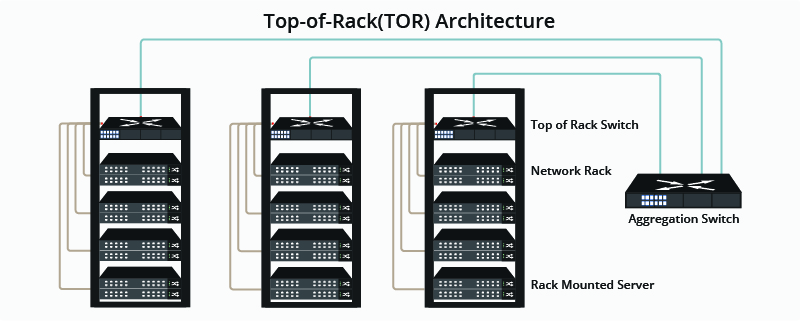
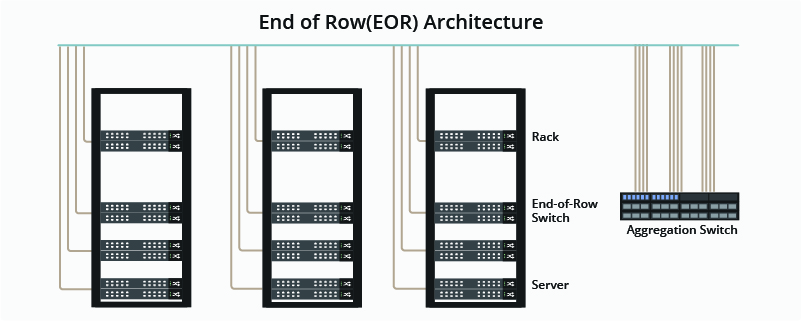
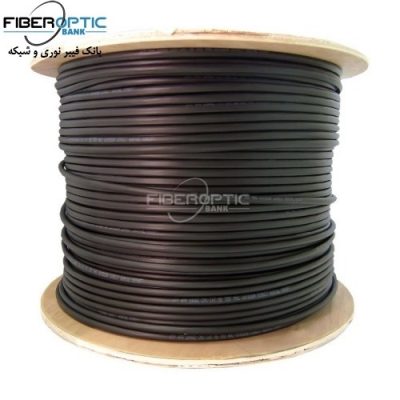

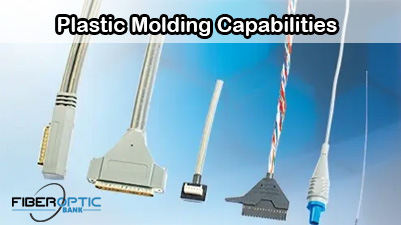

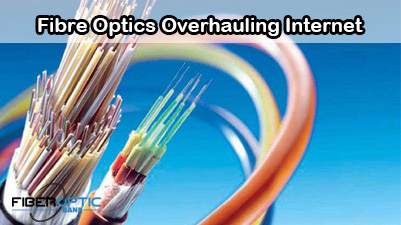
[ratings]